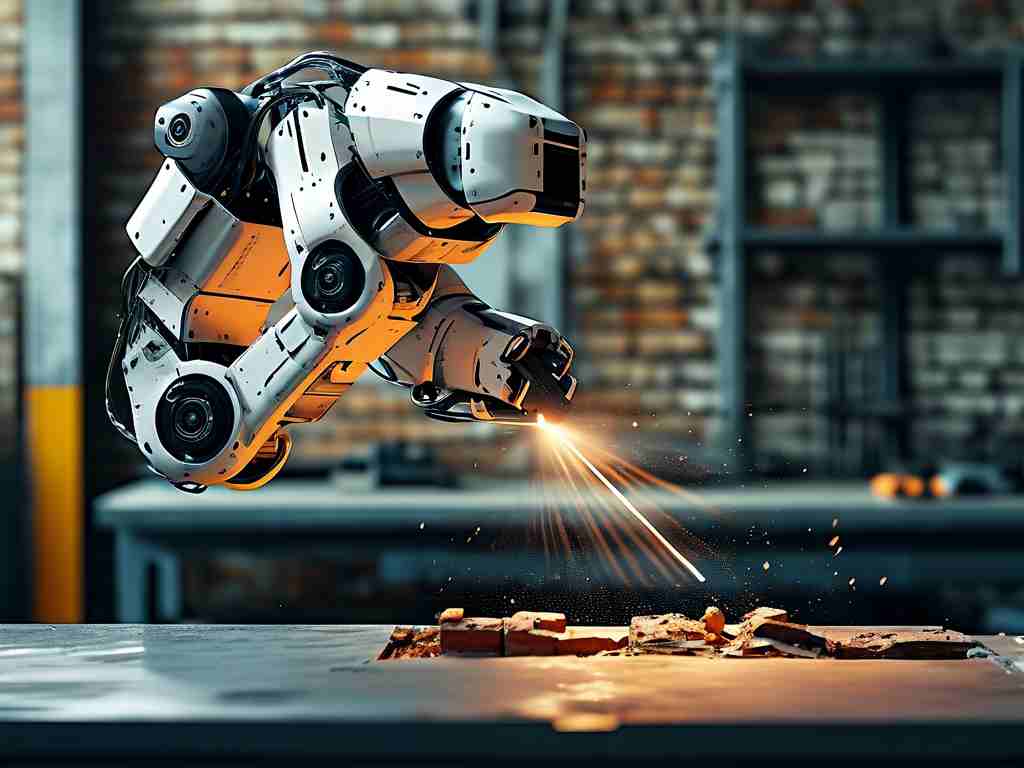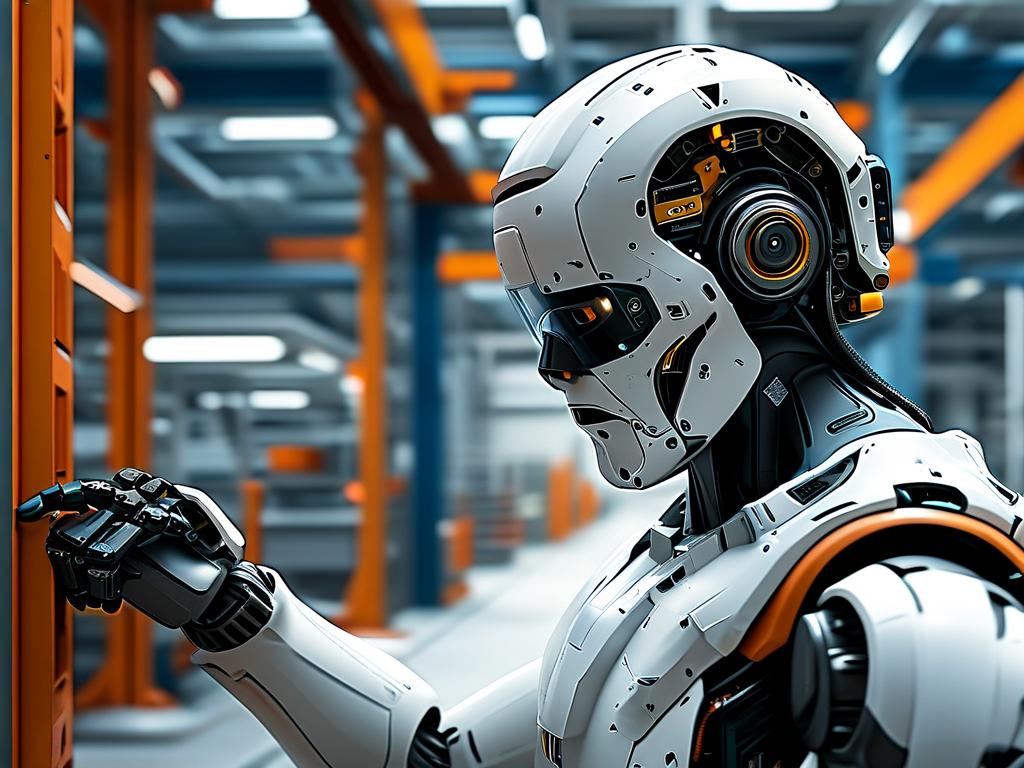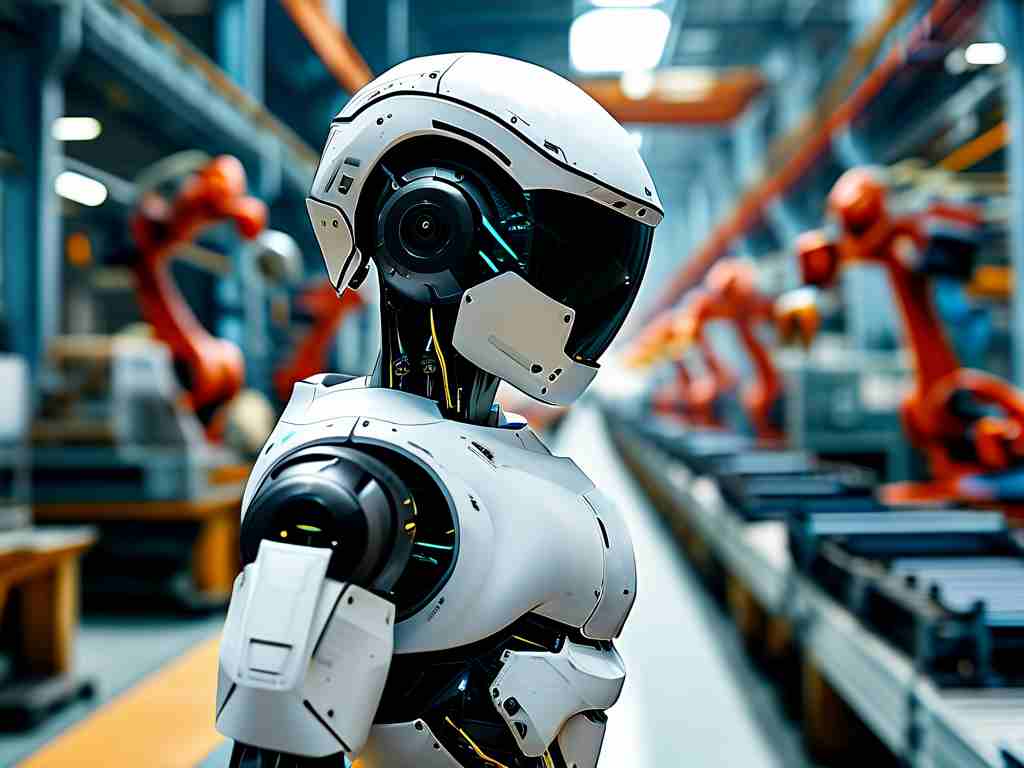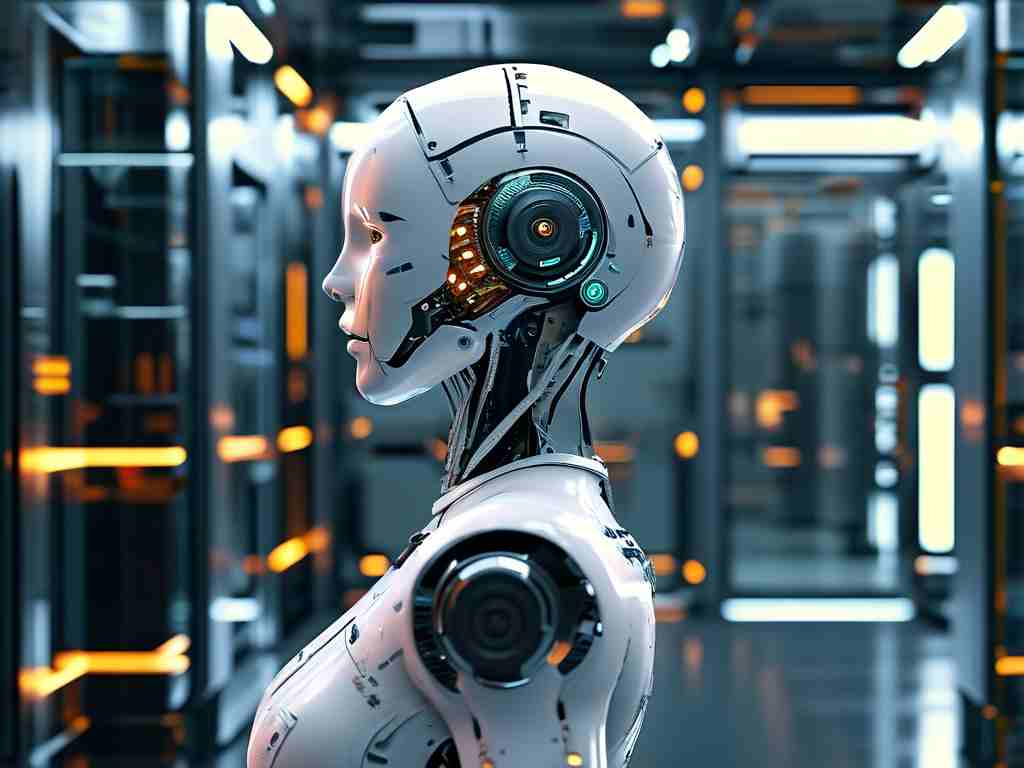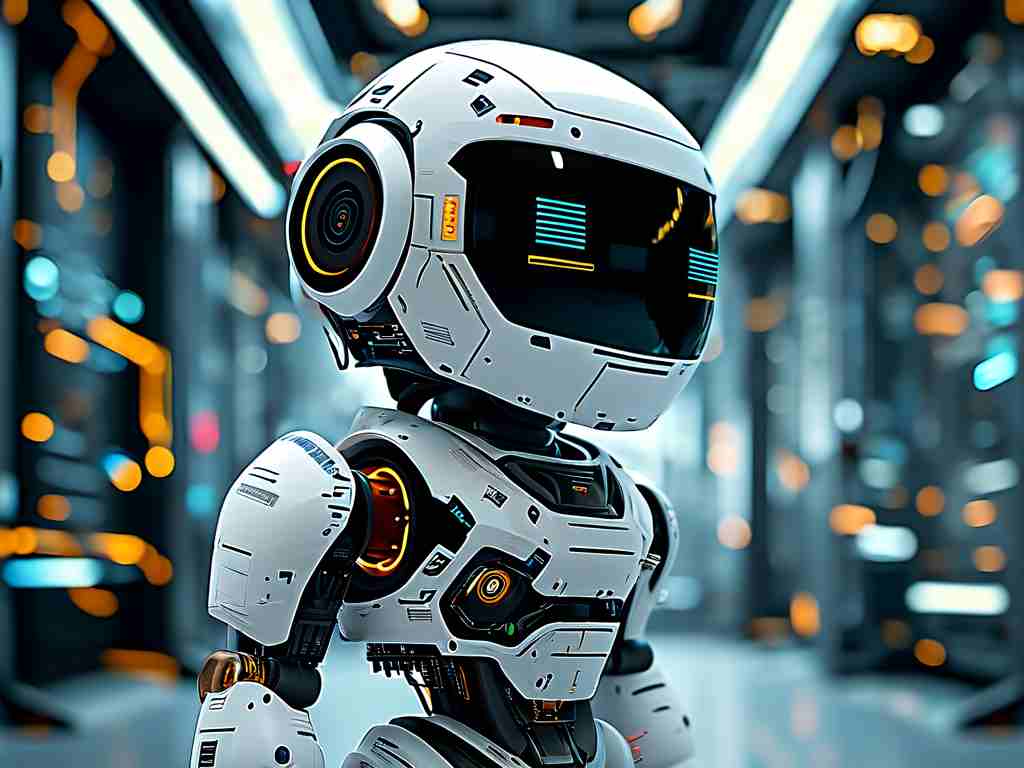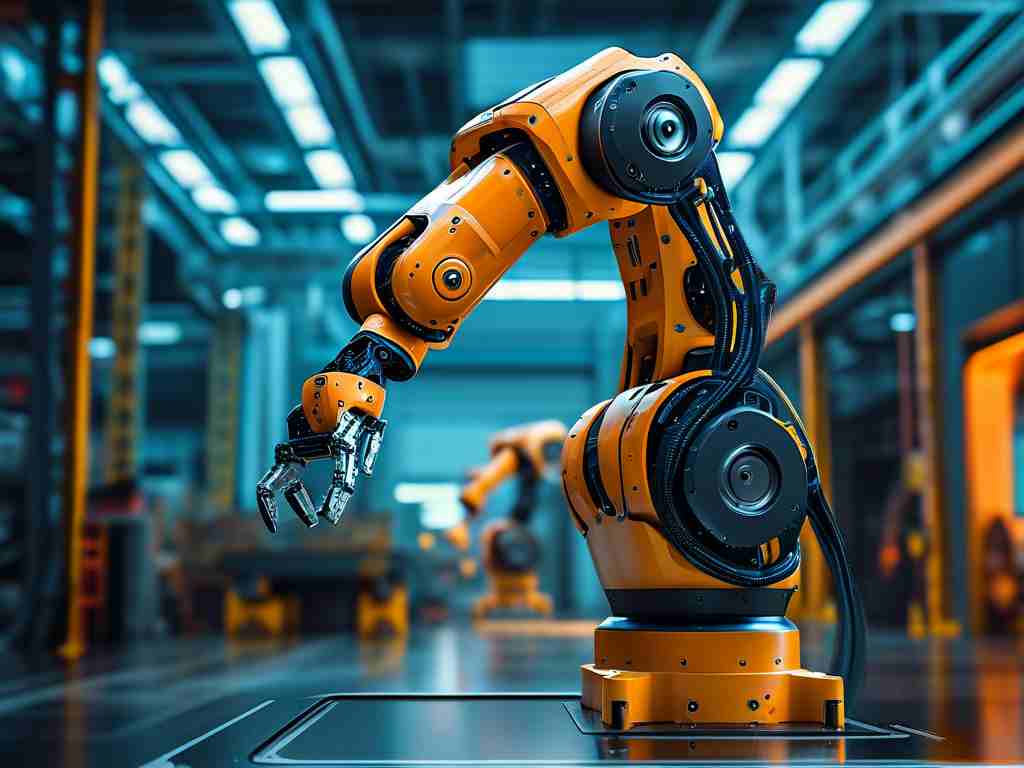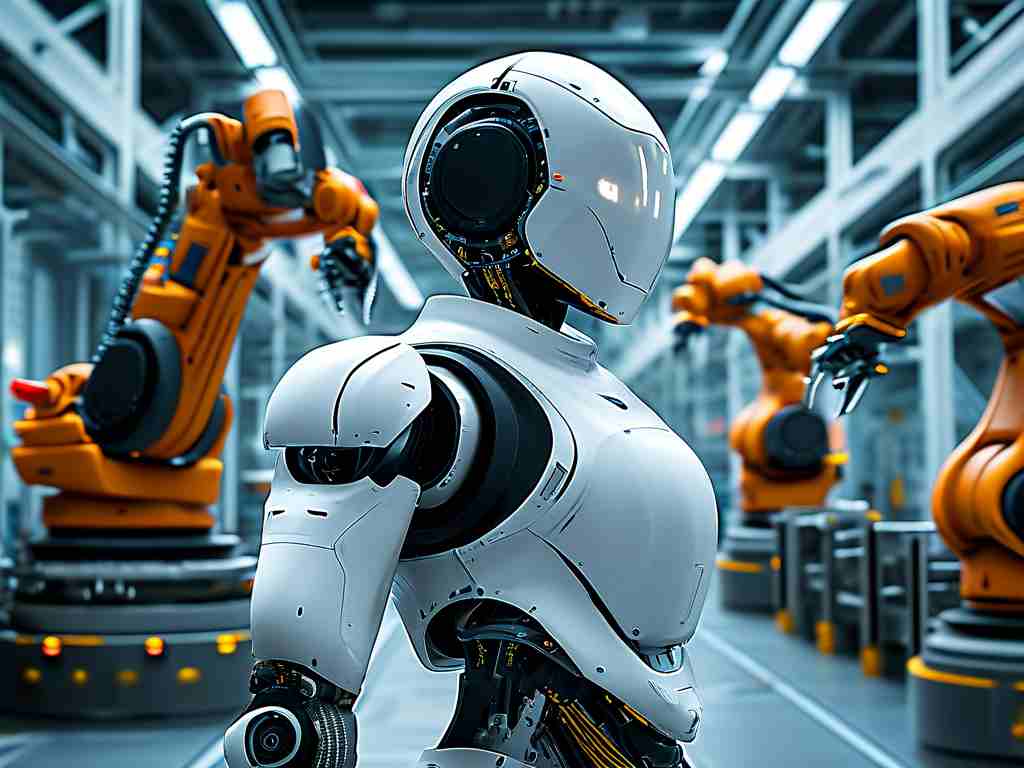The evolution of robotic movement capabilities has reached a critical milestone with advancements in upright posture control systems. These systems enable bipedal and quadrupedal robots to recover from falls, adjust to uneven terrain, and maintain stability during dynamic tasks – capabilities essential for real-world deployment in industrial, rescue, and service applications.
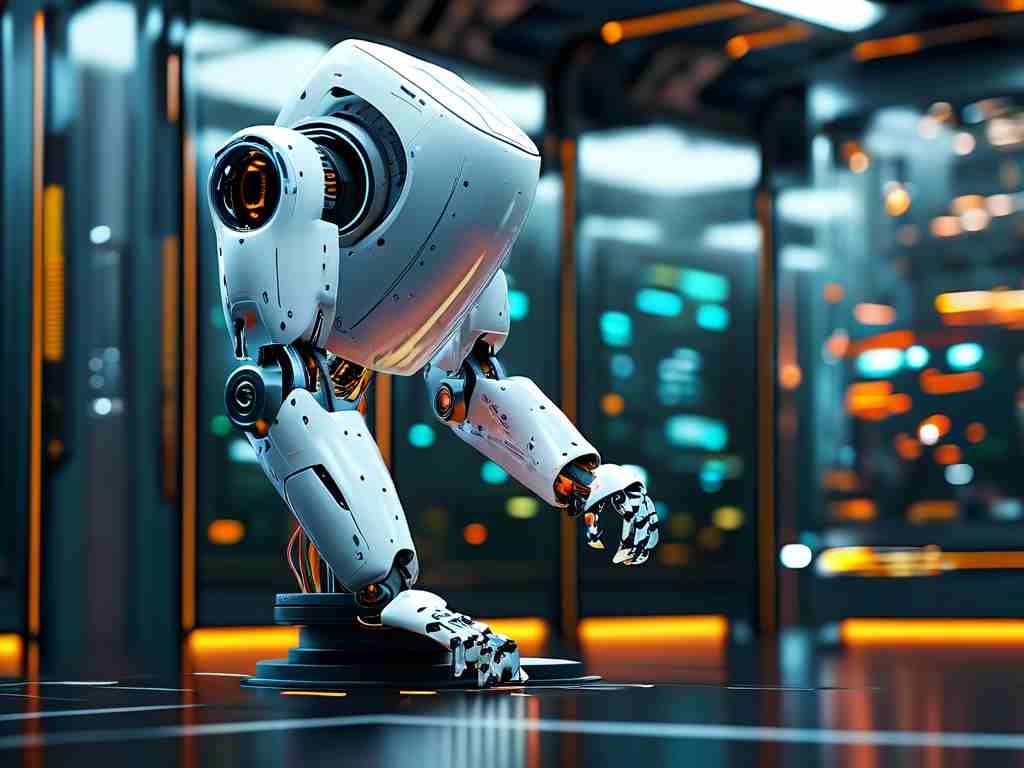
Core Technical Components
Modern standing control architectures combine three operational layers: proprioceptive sensing, predictive modeling, and torque distribution networks. Proprioceptive sensors (including inertial measurement units and joint encoders) provide real-time kinematic data at 200-500Hz frequencies, feeding into central processing modules. Unlike traditional static balance systems that rely on pre-programmed motions, next-generation solutions employ reinforcement learning models trained through digital twin simulations. For instance, the DDPG (Deep Deterministic Policy Gradient) algorithm has demonstrated 37% faster recovery times in experimental trials compared to conventional PID controllers.
A breakthrough lies in hybrid control strategies that blend model-based predictions with sensory feedback. When a humanoid robot detects ground contact through foot pressure sensors, its control system calculates the required joint angles within 2.8ms using inverse kinematics solvers. Simultaneously, a secondary neural network evaluates potential slip conditions through ground texture analysis from embedded tactile sensors.
Dynamic Balance Challenges
Maintaining upright stability becomes exponentially complex under external disturbances. Research from the Tokyo Institute of Robotics (2023) revealed that a 15° surface tilt requires 40% more ankle torque than level ground, while sudden lateral forces (e.g., 50N impact) demand millisecond-level response adjustments. To address this, developers implement variable impedance actuators that mimic human muscle compliance. These actuators adjust stiffness coefficients in real-time using formula:
def adjust_stiffness(impact_force, tilt_angle):
base_stiffness = 120 # Nm/rad
adaptive_factor = 1 + (impact_force * 0.02) + (tilt_angle * 0.15)
return base_stiffness * adaptive_factor
Field Implementation Cases
-
Search-and-Rescue Robots
The Atlas platform by Boston Dynamics utilizes predictive momentum control during stair climbing. By pre-emptively shifting its center of mass 0.3 seconds before limb movement, it achieves 92% success rate on debris-covered steps. -
Medical Rehabilitation
Exoskeletons like ReWalk employ standing assistance algorithms that analyze patient weight distribution through plantar pressure maps. The system gradually reduces support torque from 80Nm to 20Nm over 12-week training cycles, adapting to user recovery progress.
Current Limitations and Solutions
Energy consumption remains a primary constraint – maintaining dynamic balance consumes 60-70% of a humanoid robot's power budget. MIT's Cheetah 3 addressed this through regenerative braking in knee joints, recovering 18% of expended energy during sit-to-stand transitions. Another challenge involves surface recognition latency; Carnegie Mellon's latest work integrates millimeter-wave radar with existing vision systems, cutting surface classification time from 120ms to 45ms.
Future Development Trajectory
Emerging research focuses on bio-inspired control mechanisms. The EU-funded BioBalancing project replicates vestibulo-ocular reflexes in robotic systems, enabling automatic head stabilization during falls. Meanwhile, quantum computing applications promise to solve complex balance equations 100x faster than classical systems, potentially revolutionizing real-time control architectures.
As these technologies mature, the boundary between programmed movements and autonomous adaptability will continue to blur. The ultimate goal remains clear: creating robots that navigate unpredictable environments with the grace and resilience of biological organisms, fundamentally expanding their operational domains.


